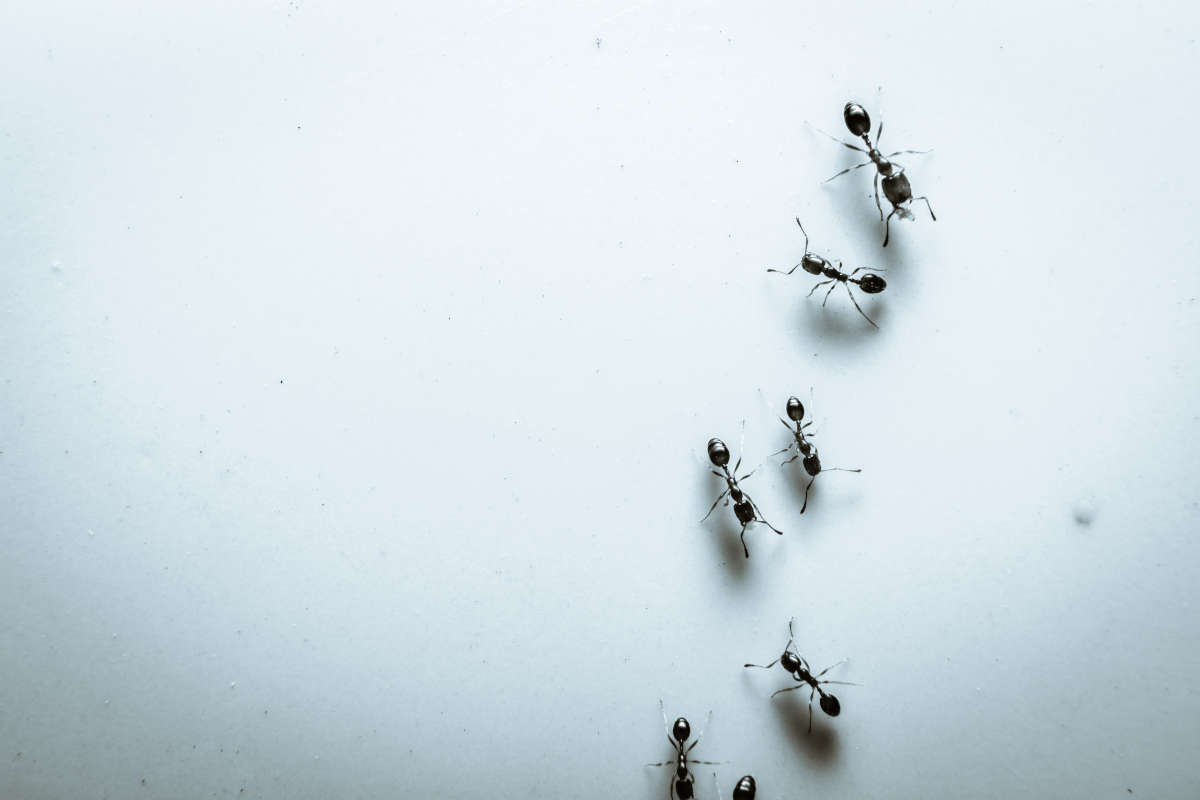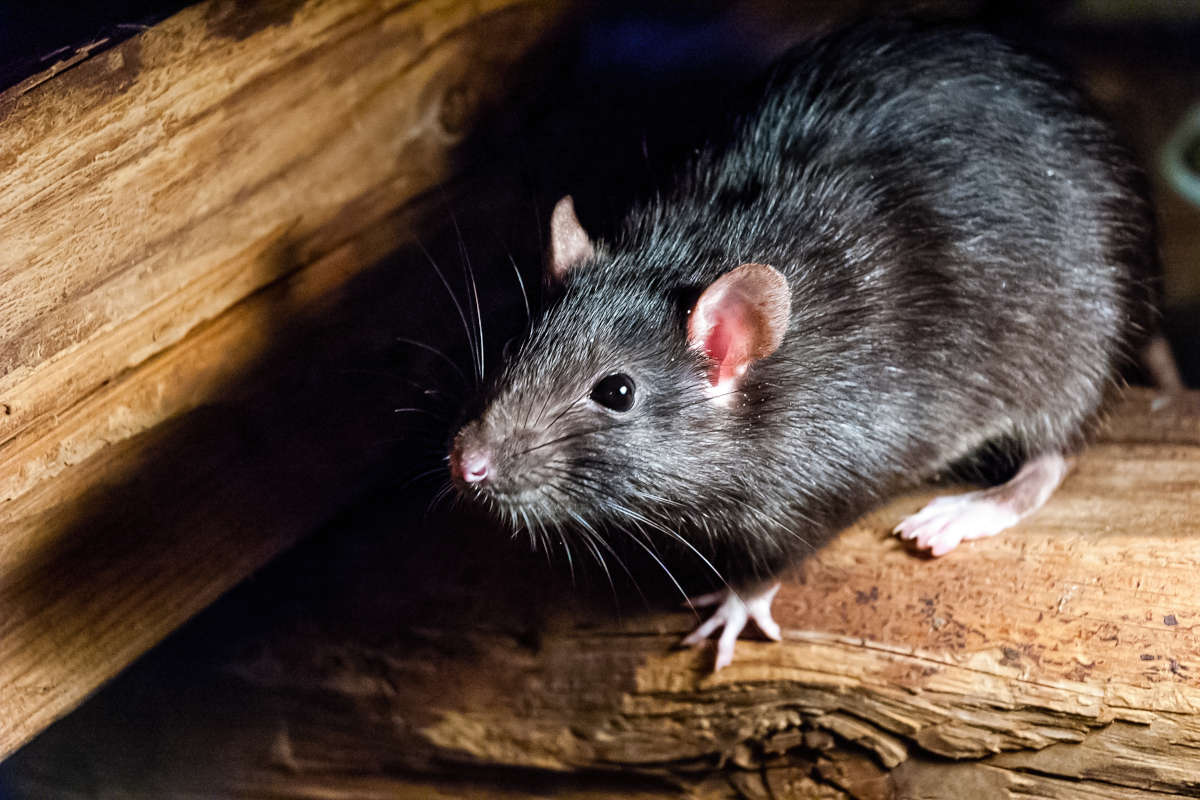ANT BAIT TO COMBAT INFESTATION AT THE SOURCE

With the arrival of spring, the problem of ant infestation draws ever nearer.
Despite not being either dangerous or particularly harmful, ants can be invasive, causing a disturbance in the home and posing a hygiene risk due to the dirt and micro-organisms that they may carry. Considering that the objective of such invasions in the home is our food, the risk of contamination and transmission should not be underestimated.
An ant colony can contain millions of individual ants, and their search for food leads them to wander long distances from their nest. Once they locate an interesting source of food, they map the route and can form streams of insects that enter the home and are hard to dissuade!
This situation is not restricted to houses in the countryside or ground-floor apartments. Their ability to colonise and to explore also leads them to higher floors in buildings.
The number of insects to combat, their tenacity and their ability to map and communicate routes to find food to the entire colony makes it hard to find effective remedies.
There are a number of products in spray and powder form to use on the external perimeter of the home, but if they are not used efficiently, the ants may find another way to overcome the barrier. These products also only kill the ants that come into direct contact, but not the queen, and the ant colony therefore continues to proliferate.
A more secure and efficient method to handle infestations are ant traps with edible bait.
Ant traps with edible bait are a biocide solution designed to eliminate the nest by exploiting the ants themselves as carriers.
An edible compound is placed inside a small plastic container. The compound is usually sugar-based, although there are other types, and it contains a biocide substance that is highly effective when ingested.
The ants are attracted by the bait and enter the trap through special openings, reaching the insecticide inside. They believe it to be food, they eat, and on returning to the nest, they transfer it to the rest of the colony, attacking it from inside and resolving the problem at the root.
However, it is not an instant process, considering the number of insects present it is necessary to wait for at least two weeks before the infestation is completely resolved, during which time it may be necessary to substitute the ant traps.
IGO produces ant traps to contract, handling all aspects of manufacturing, from the graphic design of the packaging to its production, from the formulation of the biocide to the production of the plastic container, also with the use of 100% recycled material, and from packaging to shipping.
Find out more about our ant traps and contact us for further information.



